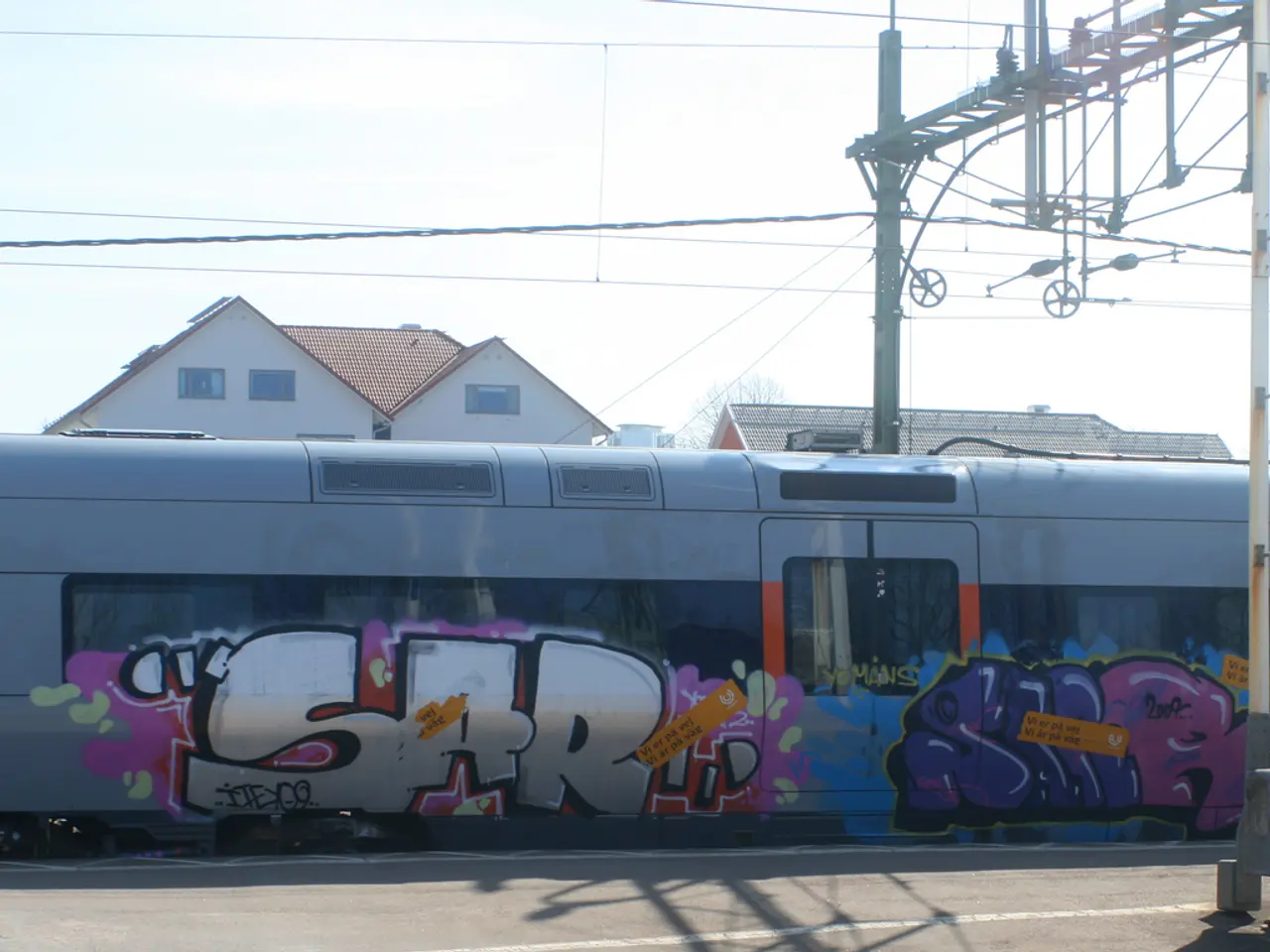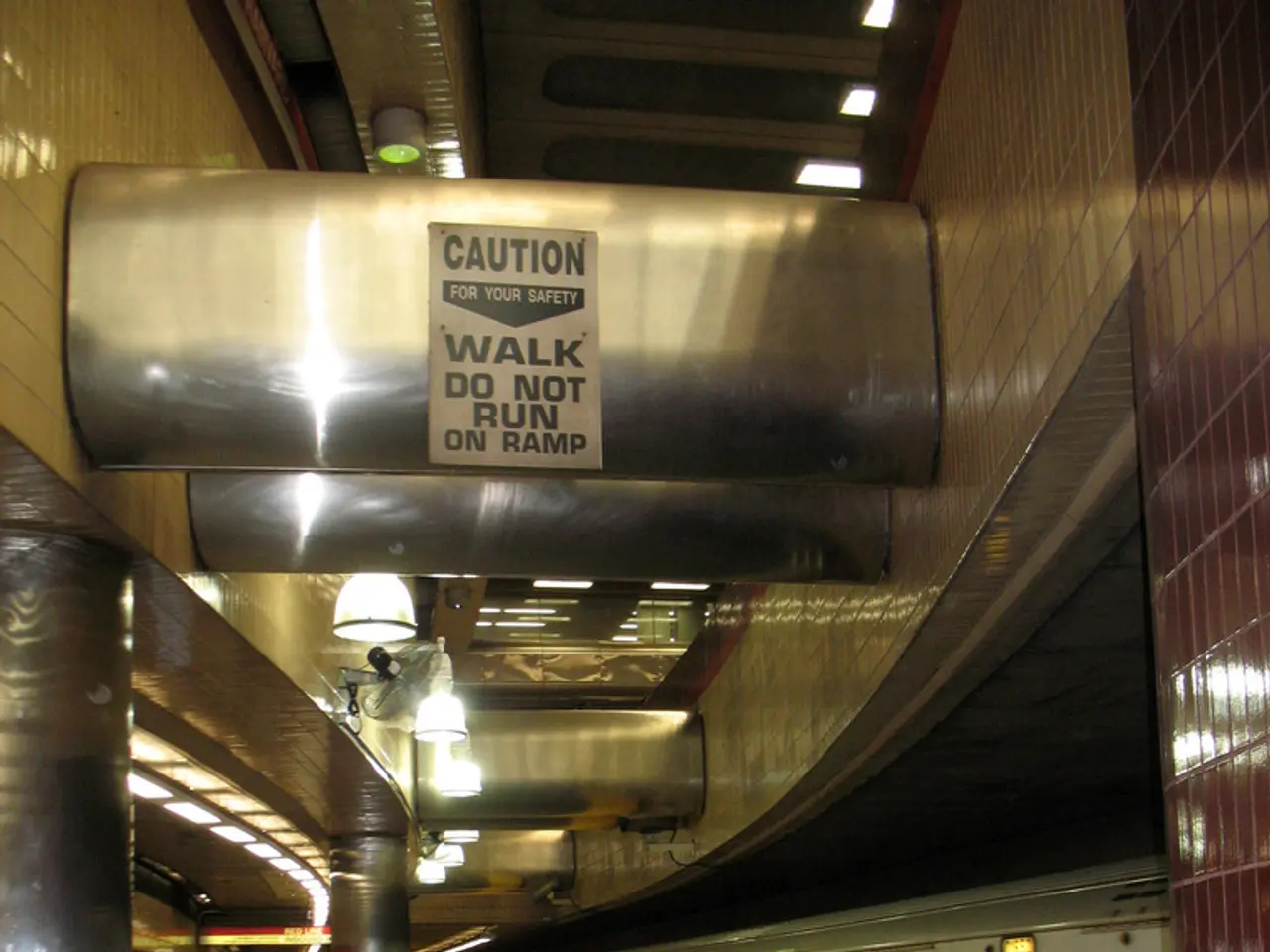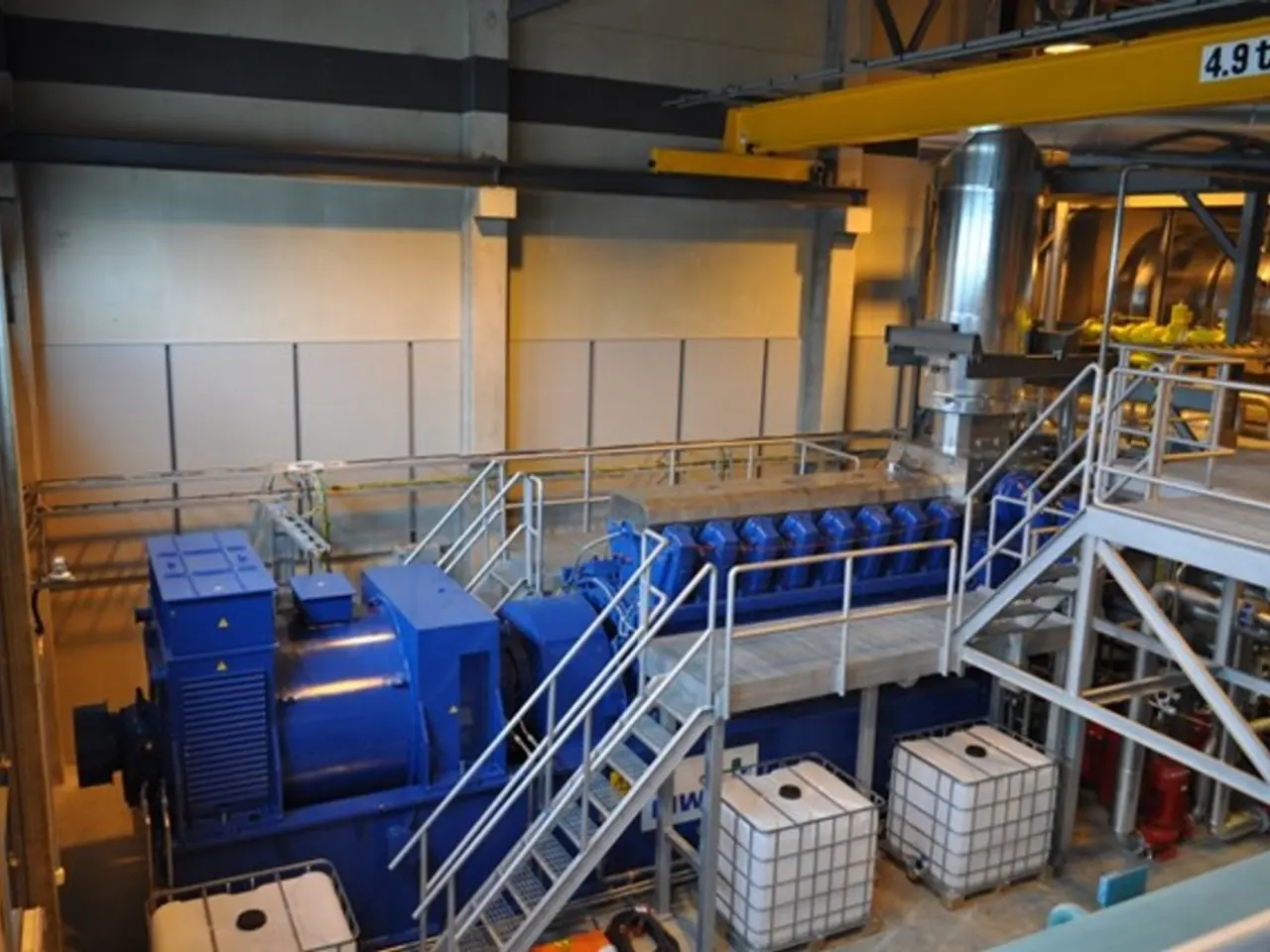Revived after six decades, the abandoned Chamberí subway station reignites activities.
Madrid's Ghost Station, Chamberí, Begins Restoration
The Chamberí ghost station, a unique time capsule hidden beneath the streets of Madrid, has commenced a significant restoration project. This work is essential to maintain the station's ability to amaze visitors and preserve a piece of Madrid's cultural heritage.
The restoration project, led by the regional government, aims to renew the station's image while preserving its original essence. The works include correcting defects in tiles, murals, plaster, paving, and metal elements to bring the station back to its former glory.
Chamberí station, designed by the renowned architect Antonio Palacios, was closed to the public in May 1966 due to its structural limitations. Sixty years later, on July 28, 2025, the restoration work officially began, coinciding with the 60th anniversary of its closure.
The station, converted into a museum in 2008, offers visitors a journey through time. It features advertising tiles from the 1920s, historic furniture, and authentic posters that transport visitors to Madrid a century ago. The museum allows visitors to travel to the heart of Madrid more than a century ago.
Access to the museum is currently limited to registered users and subscribers. Guided tours at the Chamberí station will be suspended during August and will resume on September 5, with some areas remaining restricted until the total completion of the project.
Rodrigo, an individual involved in the project, emphasized the importance of preserving spaces like the Chamberí station to maintain the collective memory of transport and the city. He also expressed appreciation for the growing public interest in cultural initiatives promoted by Metro de Madrid.
The restoration project reinforces the regional government's commitment to preserving Madrid's cultural heritage. The Chamberí station is a significant architectural jewel of Madrid's subway, and its restoration is expected to last for eight months, with an anticipated completion date in the first quarter of 2026.
The Chamberí station is a unique enclave, set to renew its image as part of the restoration project. The works aim to preserve and improve the museum space without affecting the railway traffic of line 1. Once completed, the station is set to continue its role as a popular cultural stop in Madrid for many more years.
Timeline: - 1966: Chamberí Metro station was closed. - 1966–2025: The station remained closed and dilapidated, serving as a "ghost station." - July 28, 2025: Restoration and improvement work commenced under the Community of Madrid to enhance the station’s condition and historical value.
Affected Areas: - The restoration targets the entire historic Chamberí station, including platforms, tracks, and original architectural elements that have declined over decades. - The station, as a former operational metro stop, is situated on Line 1 of the Madrid Metro network, so adjacent areas may be impacted by restoration logistics or temporary access adjustments; however, no widespread disruptions to other stations were specifically reported.
Resumption of Guided Tours: - Prior to this 2025 restoration initiative, Chamberí was occasionally open for limited visits, but the new restoration aims to improve visitor experience markedly. - While exact dates for resumption of regular guided tours post-restoration are not specified in the July 2025 announcements, the intention is to preserve Chamberí as a cultural asset and museum-like space for public visits after completion of refurbishment.
[1] [Source 1] [2] [Source 2]
- The restoration project of Madrid's Chamberí ghost station involves the financing of both public and private entities in the housing, finance, and transportation industries, ensuring the proper renovation and preservation of the historical station.
- Upon completion, the renovated Chamberí station is expected to boost the cultural industry in Madrid by attracting more tourists, thereby bolstering the local economy through transportation, housing, and other related services.




